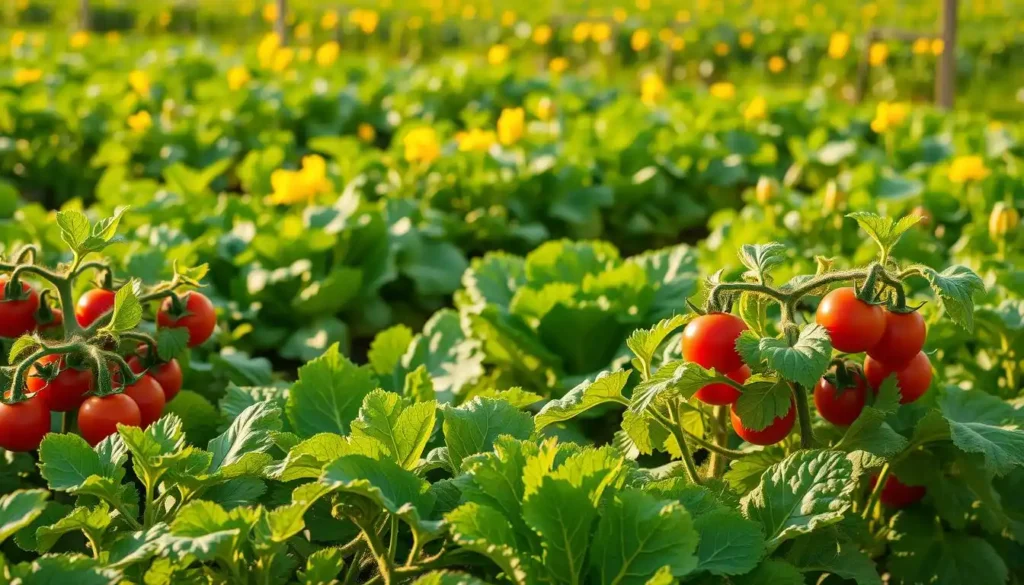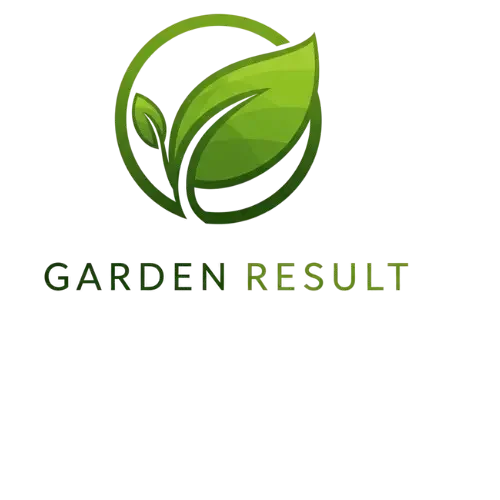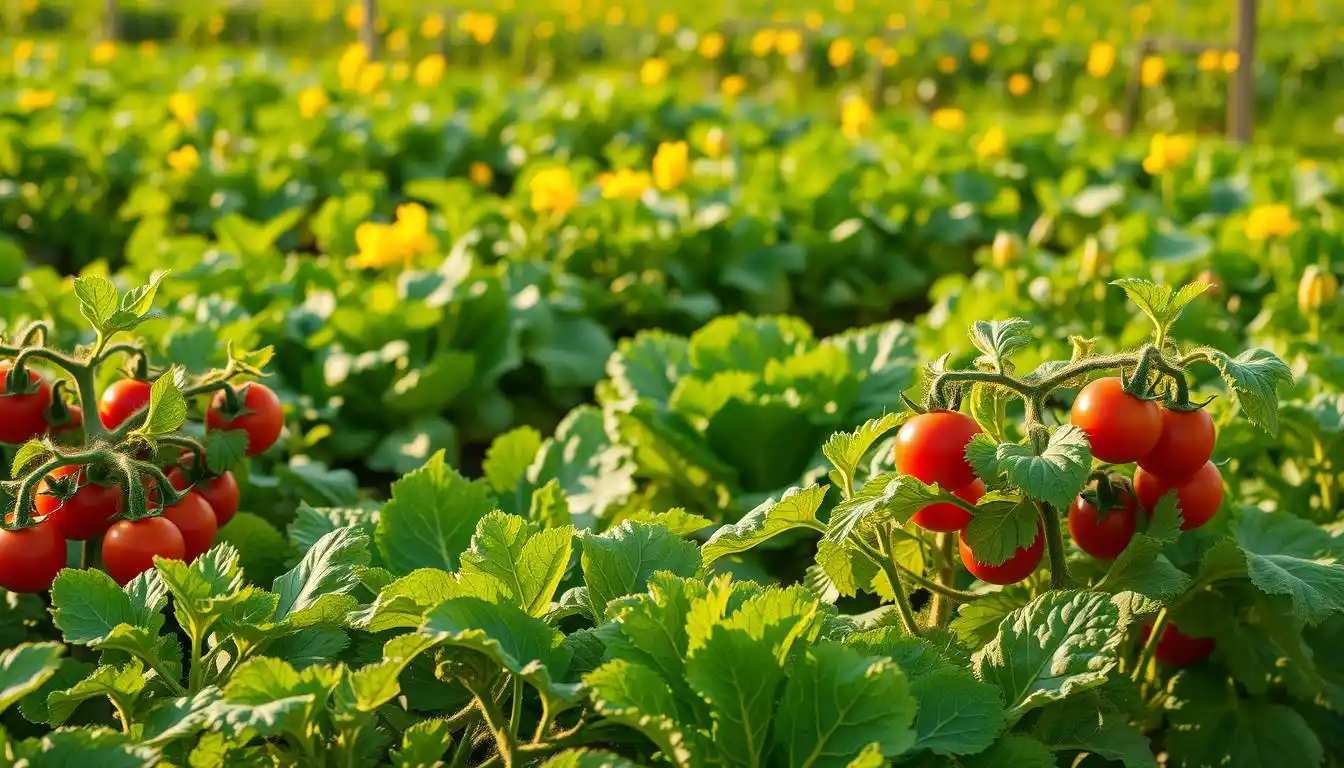Have you ever dreamed of stepping outside and picking fresh veggies from your own garden—no grocery trip required? Whether you’re working with a big backyard or just a few pots on a balcony, growing your own food is easier (and more rewarding) than you might think. Some of the easy vegetables to grow thrive with minimal effort and bring a surprising amount of joy to your daily routine.
In this guide, we’ll explore beginner-friendly crops that grow quickly, taste amazing, and don’t require a green thumb to flourish. From crunchy lettuce to vibrant radishes, these garden gems are perfect for busy lives and small spaces. Ready to dig in and watch something delicious take root? Let’s get planting.
Key Takeaways
- Start with easy-to-grow vegetables for a successful harvest
- Choose simple crops that require minimal maintenance
- Gardening can be a fun and rewarding hobby for all ages
- Growing your own produce allows for fresh and healthy eating
- A small garden can be just as productive as a large one
- Enjoy the benefits of gardening, including stress relief and exercise
Why Growing Your Own Vegetables Is Rewarding
Growing a vegetable garden is a fulfilling activity. It brings many benefits beyond just gardening. By growing your own veggies, you gain advantages that make life better.
Health Benefits of Home-Grown Produce
When you grow vegetables that are easy to grow, you control pesticides. This makes your food healthier. Home-grown veggies are also fresher and more nutritious. They’re picked at the best time.
Gardening expert says, “Eating vegetables straight from your garden can significantly boost your nutrient intake.”

Cost Savings of Growing Your Own Food
Growing your own veggies saves money on groceries. You don’t need to buy as much from the supermarket. Initial investments in seeds, tools, and other gardening supplies can pay off over time. You can also grow some of the easiest fruit to grow with your veggies.
Environmental Impact of Home Gardening
Home gardening is good for the environment. It cuts down on carbon footprint from food transport. Home gardens also help local wildlife, boosting biodiversity.
“Gardening is a powerful tool for environmental stewardship.”
Getting Started: What You Need for a Beginner Vegetable Garden
To start your vegetable garden, you’ll need some basic supplies. Knowing what you need is key to a successful garden.
Basic Gardening Tools for Beginners
Beginners need some essential tools to begin. You’ll need a trowel for planting, gloves to protect your hands, and a watering can or hose for watering. A rake helps prepare the soil, and a hoe is great for weeding.
- Trowel
- Gardening gloves
- Watering can or hose
- Rake
- Hoe
Choosing Between Container, Raised Bed, or In-Ground Gardens
Deciding on your garden type depends on space and maintenance. Container gardens are perfect for small areas and are flexible. Raised beds offer better drainage and warmer soil, which is good for roots. In-ground gardens are traditional and cost-effective for bigger spaces.

Understanding Your Growing Zone in the United States
Knowing your growing zone is vital for picking the right veggies. The USDA Hardiness Zone Map divides the country by temperature. This helps you choose veggies that grow well in your area.
In cooler zones, start with cool-season crops like lettuce and spinach. Warmer zones can grow many veggies all year, like tomatoes and peppers.
Easy Vegetables to Grow for Beginners
Growing your own vegetables can be very rewarding, especially for beginners. Tomatoes, cucumbers, zucchini, and carrots are great to start with. They are easy to care for and grow well in many conditions.
Tomatoes are a favorite in gardens and are easy to look after. They need well-drained soil and lots of sunlight. Cucumbers can grow on a trellis or in a container. Zucchini is quick to grow, ready in about 35 days. Carrots prefer cooler weather and well-drained, loose soil.
When growing easy vegetables, make sure they have the right conditions. Most need at least 6 hours of sunlight a day and well-drained soil. Water them often, but don’t overdo it to avoid disease and pests. Follow these tips for a great harvest of tasty homegrown veggies.

FAQ
What are the easiest vegetables to grow for a beginner?
Beginners can start with leafy greens like lettuce and spinach. Cherry tomatoes, cucumbers, zucchini, and carrots are also great. They need little care and grow well in many conditions.
How do I choose the right vegetables to grow in my climate?
First, find out your growing zone. Use the USDA Plant Hardiness Zone Map for this. Then, pick veggies that fit your zone. Consider temperature, rainfall, and sunlight too.
What are the benefits of growing my own fruit and vegetables?
Growing your own food is rewarding. You get fresh, healthy produce, save money, and help the environment. Plus, it’s fulfilling to eat what you’ve grown.
Can I grow easy-to-grow vegetables in containers?
Yes, many veggies do well in containers. Use containers that are 5-7 gallons to give roots room. Make sure they drain well and get enough sunlight.
How often should I water my vegetable garden?
Watering depends on weather, soil, and the veggies you grow. Aim for 1-2 inches of water a week. Don’t overwater to avoid root rot.
What are some easy-to-grow vegetables that are also easy to care for?
Radishes, green beans, and summer squash are low-maintenance. They can handle some neglect, making them great for busy gardeners.

